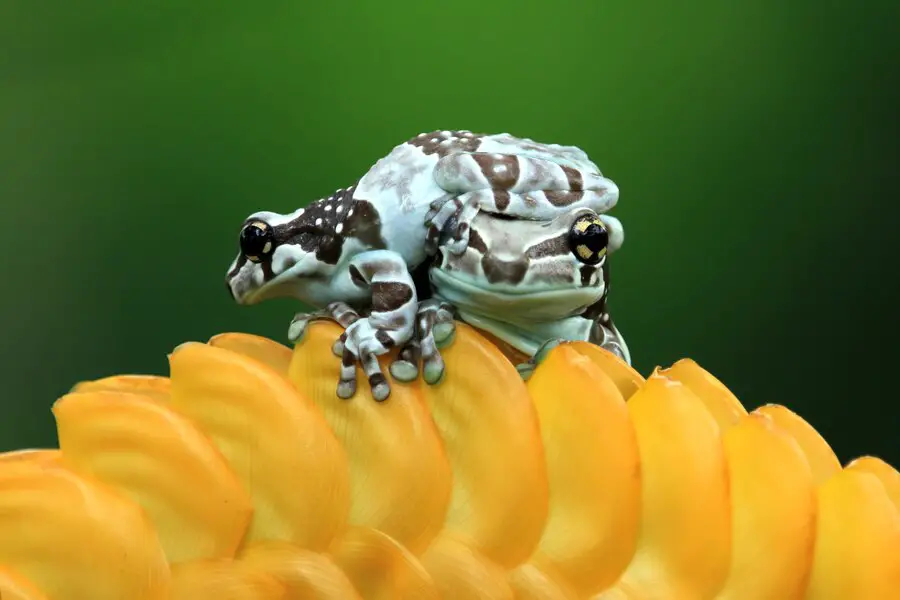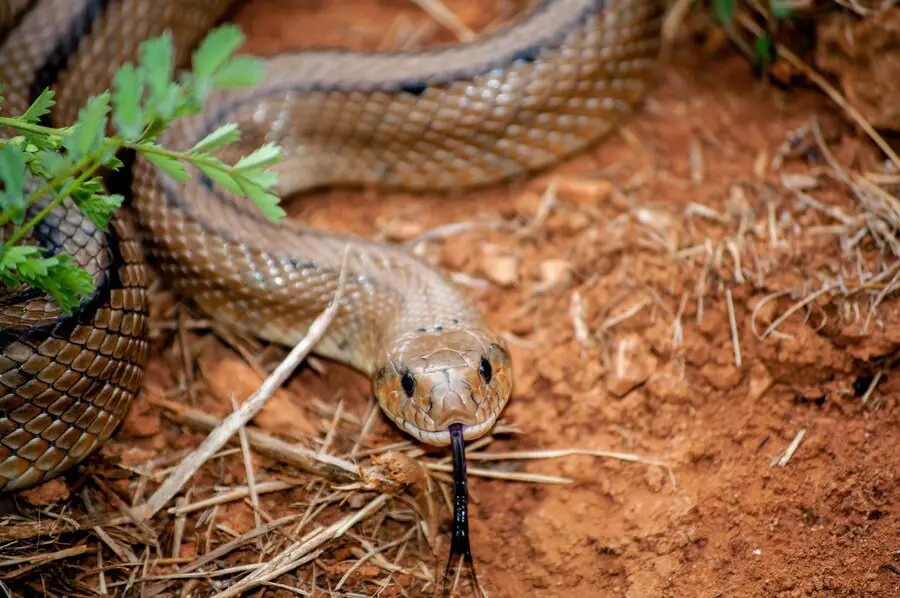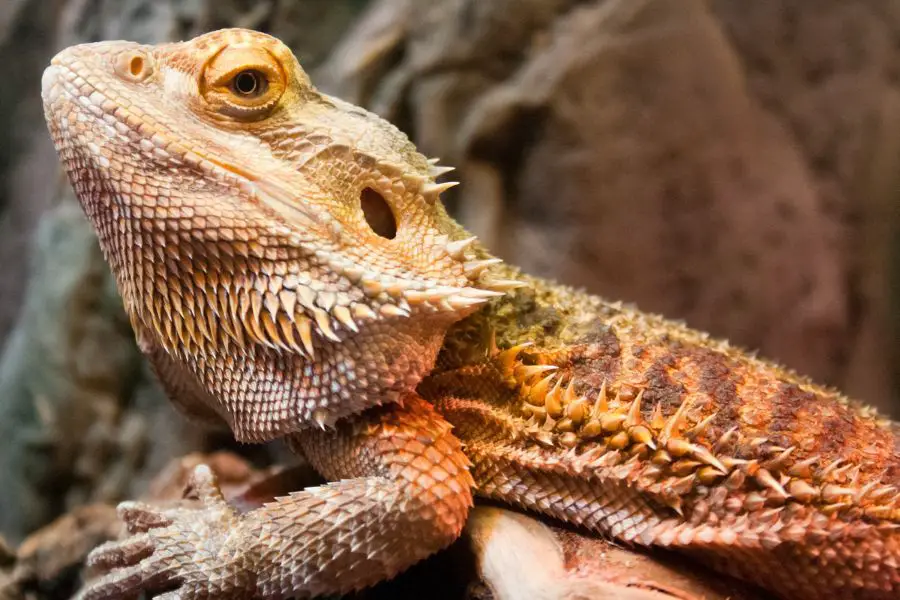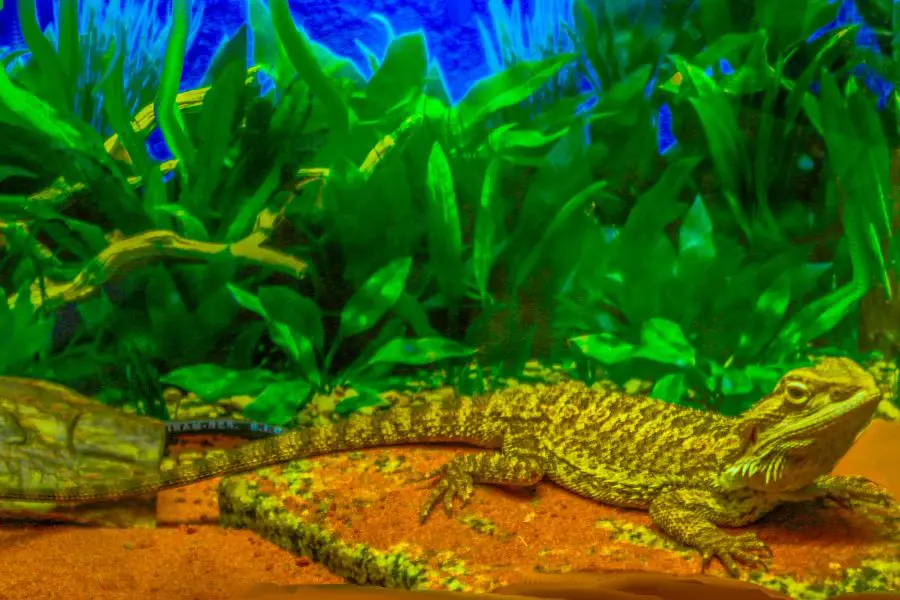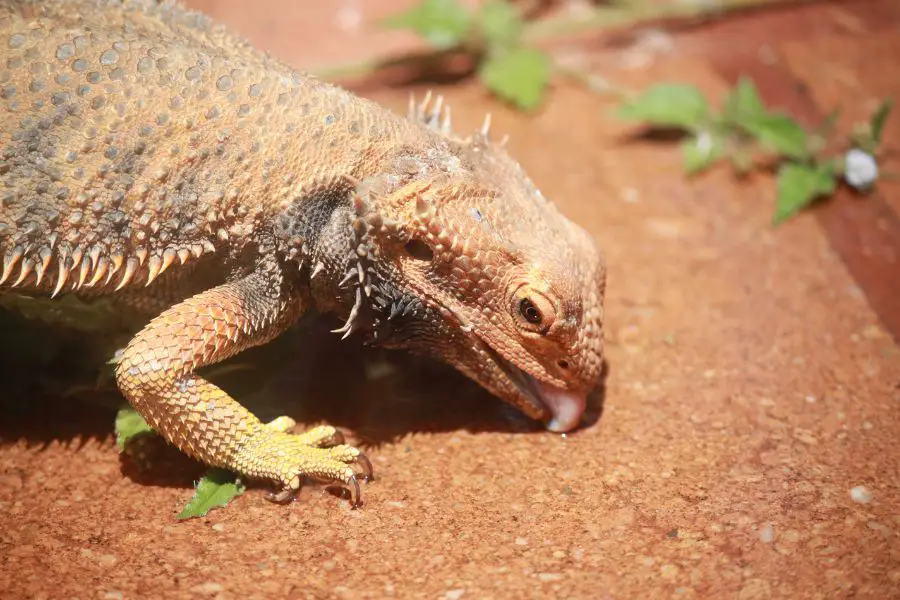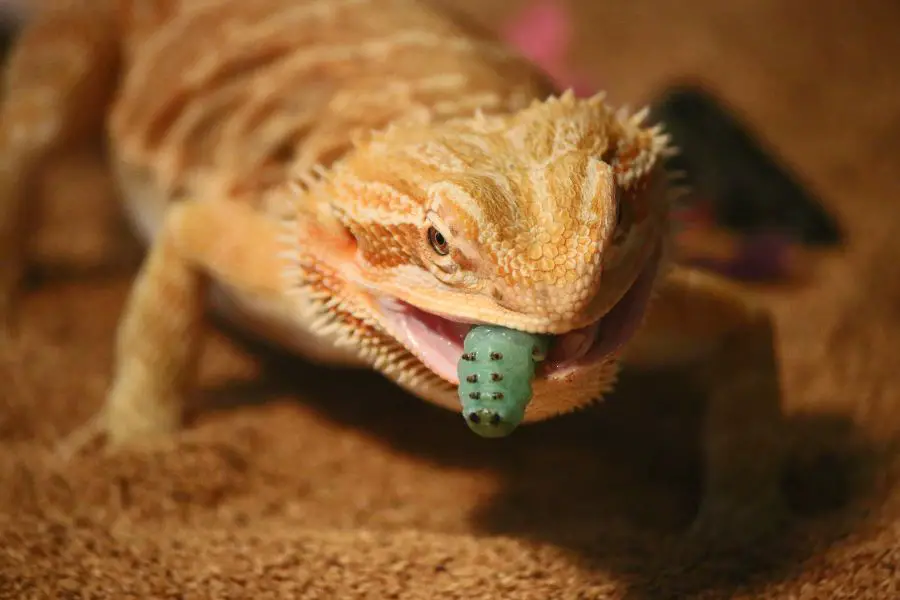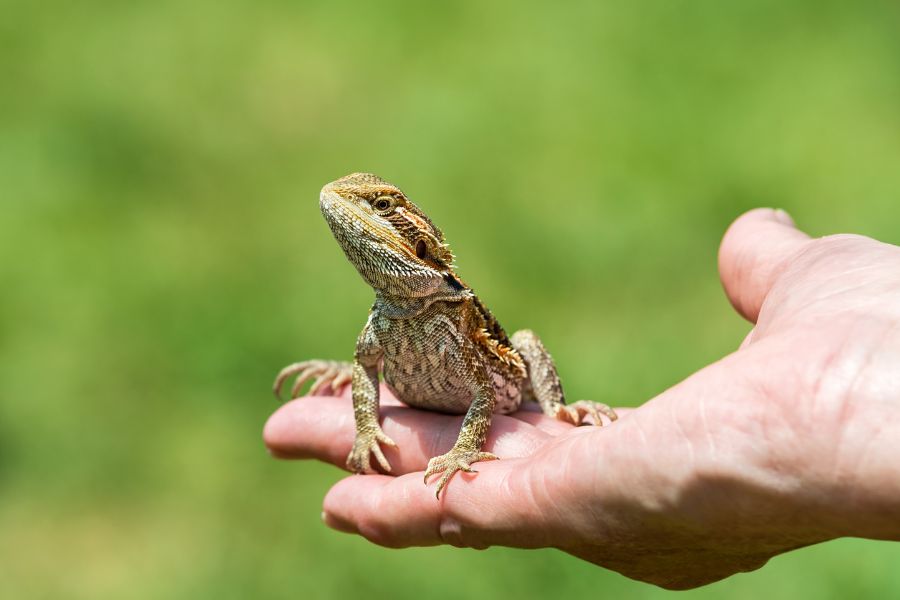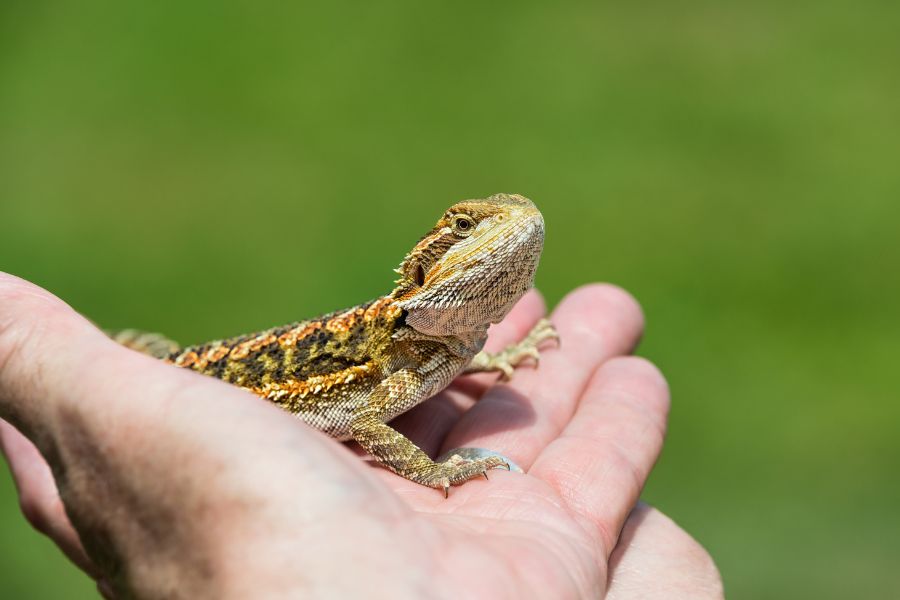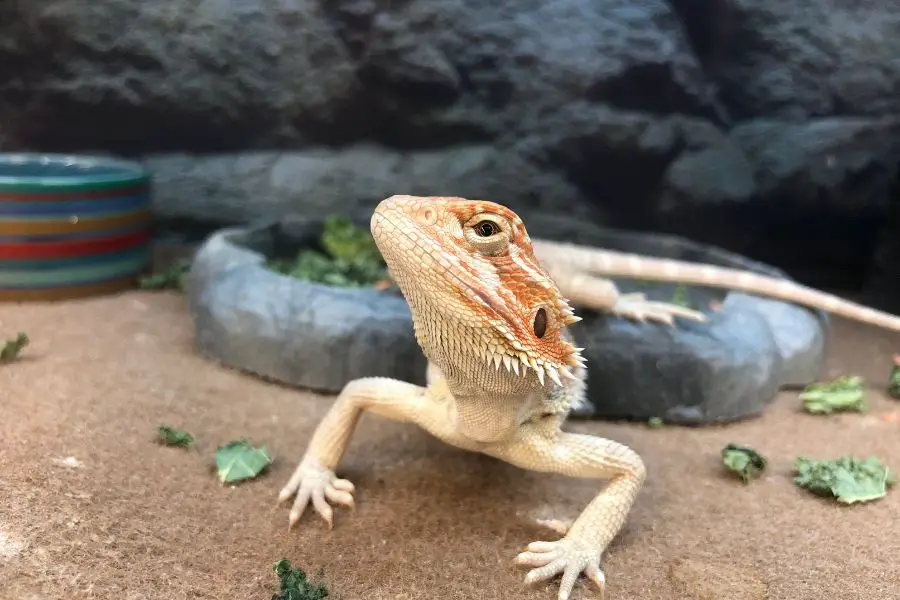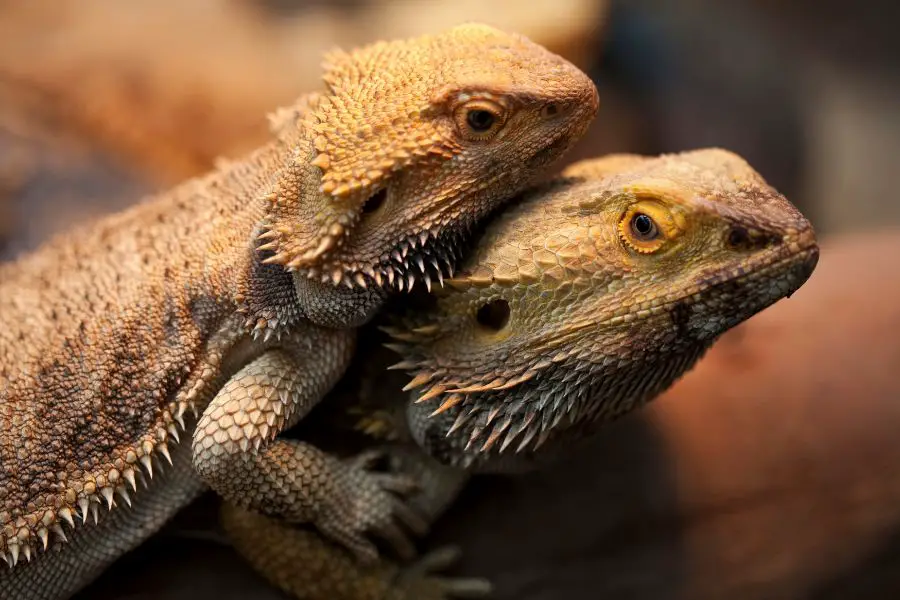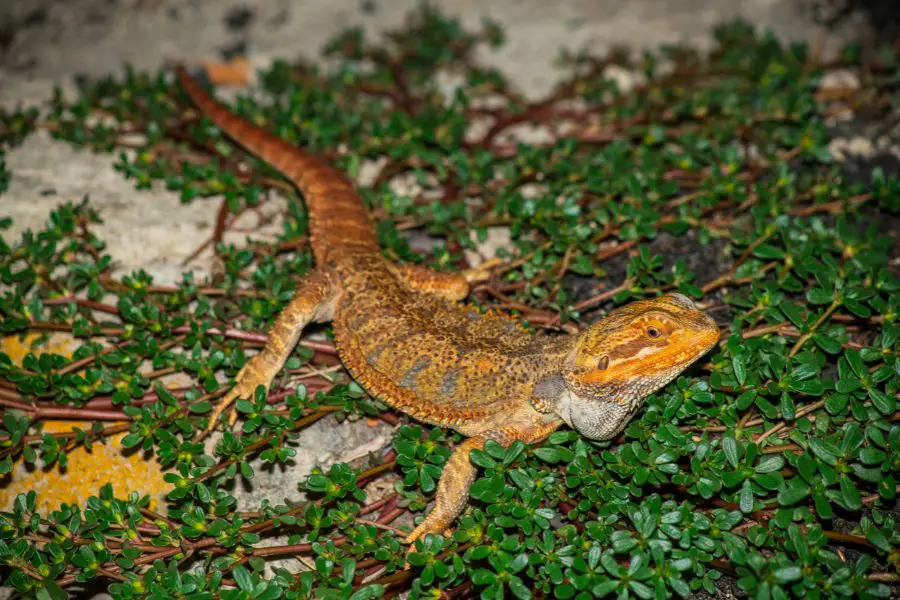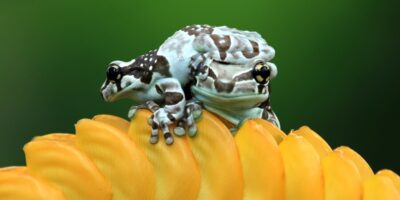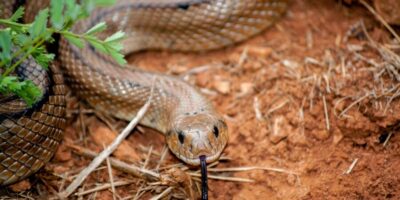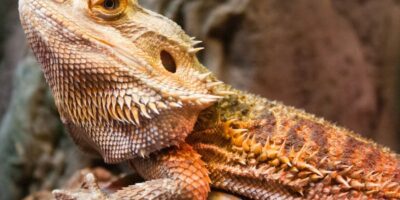Creating a comfortable and stimulating environment for your bearded dragon is crucial for their well-being. One way to achieve this is by incorporating live plants into their tank. Not only do live plants add aesthetic appeal, but they also provide numerous benefits for your scaly friend.
In this article, we will explore the process of putting live plants in a bearded dragon tank and discuss the importance of this natural addition to their habitat.
Choosing the Right Plants
When selecting plants for your bearded dragon’s tank, it is essential to choose species that are safe for them to interact with. Opt for non-toxic plants that are also non-irritating to their skin. Some suitable plant options include pothos, spider plants, and hibiscus. These plants are not only safe for bearded dragons but also offer various benefits, such as providing shade, climbing opportunities, and hiding spots.
Preparing the Tank
Before introducing live plants, it’s crucial to prepare the tank properly. Start by thoroughly cleaning and disinfecting the tank to ensure a safe environment for both your bearded dragon and the plants. Remove any existing substrate and replace it with a suitable one, such as reptile-safe soil or coconut fiber. Ensure proper drainage by adding a layer of rocks or gravel at the bottom of the tank.
Planting the Live Plants:
Once the tank is ready, it’s time to plant the live plants. Position the plants strategically to create a natural and stimulating environment. Place taller plants towards the back of the tank to provide a sense of depth, while shorter plants can be placed towards the front. Leave enough space between plants to allow your bearded dragon to move around comfortably. Additionally, consider adding branches or rocks for climbing and basking spots.
Planting live plants in your bearded dragon’s enclosure can provide them with a more natural and stimulating environment. Here’s how you can go about it:
- Choose appropriate plants: Opt for non-toxic plants that are safe for bearded dragons. Some examples include pothos, spider plants, hibiscus, and certain types of edible herbs like basil or parsley. Make sure to research each plant’s specific care requirements.
- Prepare the enclosure: Before planting, ensure that the enclosure is properly set up. This includes having the right substrate, temperature, and lighting conditions for the plants to thrive. Bearded dragons require a basking spot, UVB lighting, and a temperature gradient in their enclosure.
- Planting process: Start by selecting suitable pots or planters for the plants. Fill them with reptile-safe soil or a mix of organic potting soil and sand. Plant the live plants in the pots, ensuring that the roots are covered and the plants are secure.
- Placement: Strategically place the potted plants in the enclosure, considering the bearded dragon’s basking spot and their need for shade. This will create a more natural and enriching environment for your dragon.
- Monitor and maintain: Regularly check the plants for any signs of wilting, damage, or overgrowth. Trim or remove any dead or dying foliage as necessary. Also, keep an eye on your bearded dragon’s interaction with the plants to ensure their safety.
Remember, each bearded dragon is unique, and their preference for certain plants may vary. It’s always a good idea to observe their behavior and make adjustments accordingly. If you have any more questions or need further guidance, feel free to ask!
Caring for the Live Plants:
Proper care is essential to ensure the health and longevity of your live plants. Water the plants regularly, ensuring the soil is moist but not waterlogged. Be mindful of the specific watering needs of each plant species. Adequate lighting is also crucial for plant growth. Use UVB lighting to provide the necessary spectrum for both your bearded dragon and the plants. Monitor humidity levels and adjust accordingly to create a suitable environment for the plants.
Monitoring the Bearded Dragon’s Interaction:
let’s talk about monitoring the bearded dragon’s interaction! It’s important to keep an eye on how your dragon interacts with its environment, including any live plants in the tank. Bearded dragons are curious creatures, and they may try to nibble on or explore plants. While some plants are safe for them, others can be toxic and harmful if ingested. To monitor their interaction, observe your bearded dragon closely when it is near the plants.
Look out for any signs of chewing, biting, or unusual behavior. If you notice your dragon showing excessive interest in a plant or attempting to eat it, it’s best to remove that plant from the tank to prevent any potential health issues.
Additionally, keep an eye on the condition of the plants themselves. If you see any signs of wilting, discoloration, or damage, it may indicate that your bearded dragon is interacting with the plants in a way that is detrimental to their health. In such cases, it’s important to remove or replace the affected plants to maintain a safe and stimulating environment for your dragon.
Remember, the well-being of your bearded dragon is a top priority, so monitoring their interaction with live plants is essential to ensure their safety and happiness. If you have any specific concerns or questions about this topic, feel free to let me know!
External factors
One important point we discuss is the temperature and lighting requirements for bearded dragons. These reptiles need a basking spot with a temperature of around 95-105°F (35-40°C) during the day, which helps them properly digest their food. We also mention the importance of providing UVB lighting to help them synthesize vitamin D3, which is crucial for their bone health. The article suggests using a UVB bulb specifically designed for reptiles and placing it within the enclosure at the right distance for optimal exposure
Another key aspect we cover is the diet of bearded dragons. These creatures are omnivores, meaning they eat both plant matter and insects. We highlight the importance of offering a variety of leafy greens, vegetables, and fruits to ensure they receive a balanced diet. We also mention the significance of gut-loading insects with nutritious foods before feeding them to your dragon, as this enhances their nutritional value.
In terms of habitat, we discuss the ideal setup for a bearded dragon enclosure. It should include a spacious tank with appropriate substrate, such as reptile carpet or non-toxic sand. We emphasize the need for a temperature gradient within the tank, with cooler areas for the dragon to retreat to if they become too warm. It’s also crucial to provide hiding spots and climbing structures to mimic their natural environment and promote physical and mental stimulation.
Lastly, we touch on the importance of regular veterinary check-ups and monitoring your bearded dragon’s health. We mention common signs of illness to watch out for, such as loss of appetite, lethargy, abnormal stool, or respiratory issues. It’s vital to address any health concerns promptly to ensure the well-being of your pet.
Conclusion
In conclusion, incorporating live plants into a bearded dragon’s tank is a valuable way to enhance their environment and promote their well-being. By carefully selecting safe plant species, preparing the tank appropriately, and monitoring both the plants and the dragon’s interaction, owners can create a natural and stimulating habitat. Live plants offer benefits such as shade, climbing opportunities, and hiding spots, contributing to a more enriching environment for these reptiles.
However, it’s essential to remain vigilant about factors like temperature, lighting, diet, habitat setup, and the dragon’s health to ensure their overall welfare. By prioritizing these aspects, owners can provide their bearded dragons with a comfortable and thriving living space that supports their physical and mental health.
